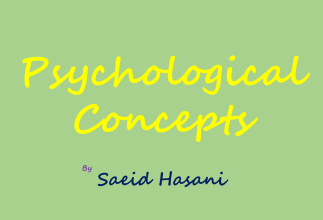“Infants are not born knowing French, English, Russian, or any other language, but given an ordinary environment and ordinary constitutional endowment, each infant learns at least one of the languages now spoken on this planet. It is simply not possible, according to Chomsky, for a human being to deduce and operationalize the grammatical structure of language without a preexisting system with which to select from and organize the mass of sounds to which one is exposed. Chomsky refers to this system, this code, as the “deep structure” of language. The individual does not have to, nor could he, create a grammar. The infant is born with a code that is built into the mode of functioning of his perceptual, cognitive, and motor apparatuses that will determine that he will organize sensory data and render them linguistically meaningful in a highly specific way. In other words, the infant will organize auditory stimuli in a way that is determined by the inborn code.”
This was a part of the book called “The matrix of the mind” written by Thomas Ogden.
Chomsky’s concept of linguistic deep structure comes from his transformational-generative grammar (TGG) theory, which he introduced in Syntactic Structures (1957) and further developed in Aspects of the Theory of Syntax (1965, expanded in 1968).
1: Deep Structure vs. Surface Structure
Chomsky proposed that sentences have two levels of structure:
1- Deep Structure – This represents the underlying meaning of a sentence. It is a more abstract, universal structure that reflects the core syntactic and semantic relationships among words.
2- Surface Structure – This is the actual spoken or written form of a sentence, derived from the deep structure through transformational rules (e.g., movement, deletion, or addition of words).
2: Example
Consider these two sentences:
- The dog chased the cat.
- The cat was chased by the dog.
Although they look different on the surface (word order changes), they share the same deep structure because both express the same basic meaning.
3: Key Points About Deep Structure
It represents universal grammatical principles shared across languages.
It helps explain how humans can generate and understand an infinite number of sentences.
It undergoes transformations to produce different surface structures.
It was later replaced by the Minimalist Program (1990s), which simplified Chomsky’s earlier ideas.



